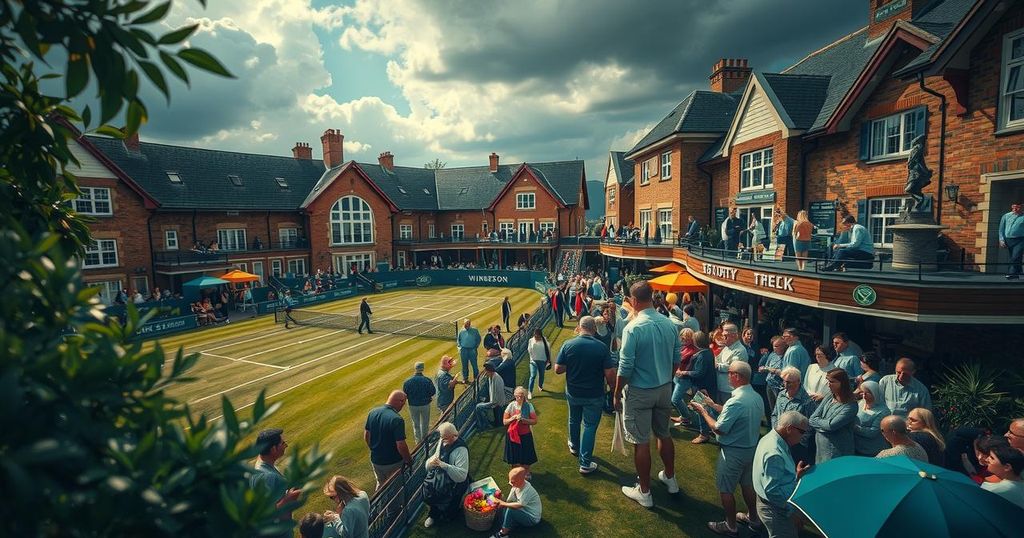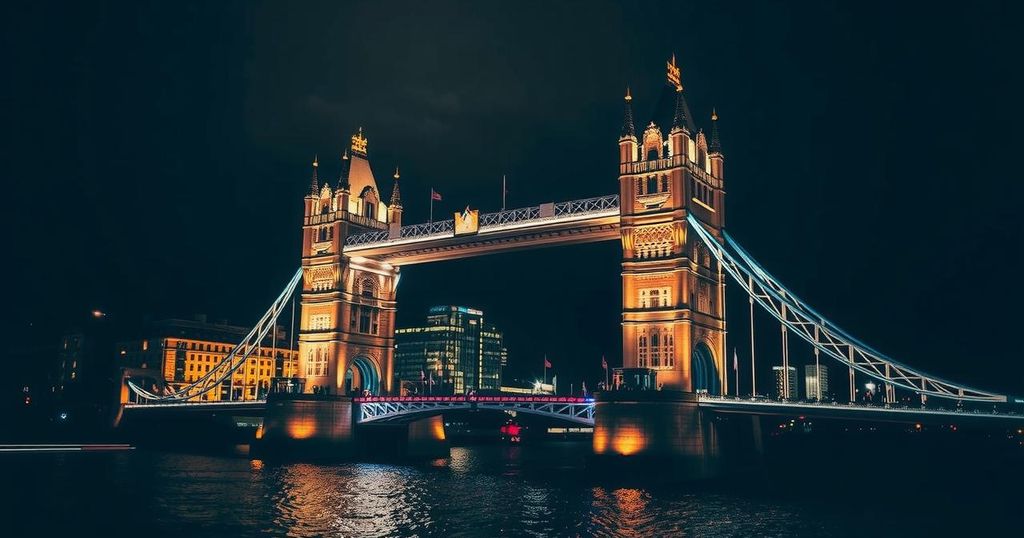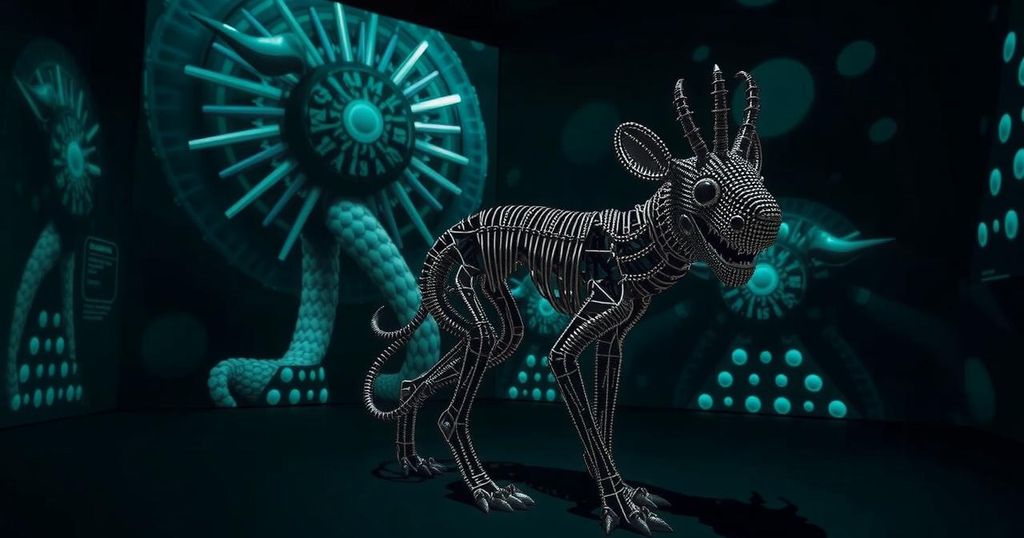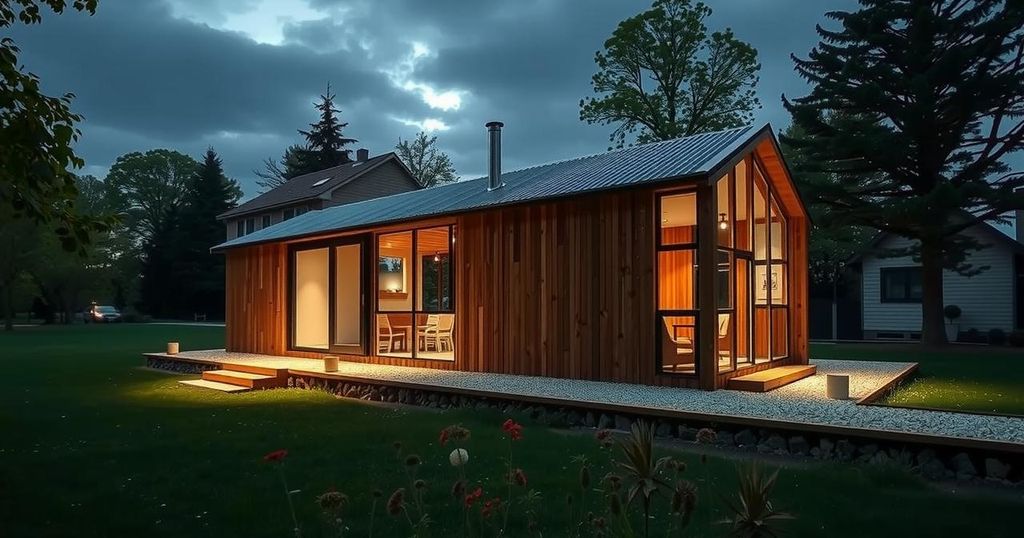Ladbroke Hall Garden in London showcases a restored 6×6 prefab house by Jean Prouvé, initially built in 1944 to combat the housing crisis. The exhibition highlights Prouvé’s innovative design, combining historical elements with modern comforts, underscoring his influential role in sustainable architecture during the 20th century.
In May, the Ladbroke Hall Garden in London unveiled a permanent exhibition featuring the restored 6×6 prefab house designed by French architect Jean Prouvé in 1944. Originally constructed to tackle the post-war housing crisis, this modular home is now part of a lush garden designed by Luciano Giubbilei. The restoration maintains the house’s historical integrity while integrating modern comforts, such as underfloor heating and airtight windows. Prouvé, a key figure in 20th-century design, revolutionised furniture and architecture by utilising machinery and emphasised low-cost, adaptable housing solutions to support those displaced by war.
Jean Prouvé, a multifaceted French designer and inventor, is renowned for his contributions to modern architecture and design. His pioneering work in modular building systems laid the groundwork for prefabrication in housing, especially in the post-war context. He collaborated with leading figures like Le Corbusier and Charlotte Perriand, creating furniture and structures that combined industrial materials with a handcrafted aesthetic. His efforts in designing prefabricated housing specifically addressed urgent needs for sustainable living post-war, establishing him as a crucial player in modern design history.
The installation of Jean Prouvé’s prefab house at Ladbroke Hall Garden illustrates his innovative approach to architecture. It highlights how design can address social issues, especially housing crises. Through thoughtful restoration, the house exemplifies Prouvé’s legacy while promoting sustainable and adaptable living solutions that resonate with contemporary audiences, echoing his belief in the functional and humanitarian aspects of design.
Original Source: www.architecturaldigest.in







